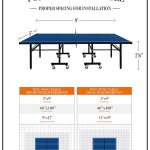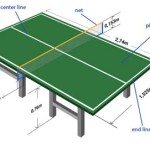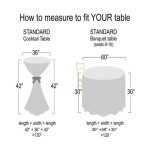Essential Aspects of Raised Bed Vegetable Garden Layout Plans
Planning a raised bed vegetable garden is crucial for a successful harvest. With careful consideration of factors such as plant compatibility, sunlight exposure, and watering requirements, you can optimize your garden's productivity and aesthetics. Here are essential aspects to consider when creating a raised bed vegetable garden layout plan.
Plant Compatibility
Decide which vegetables to grow together based on their companion planting relationships. Some vegetables thrive when planted near each other, while others inhibit one another's growth. For example, tomatoes and basil are known to be compatible, as basil helps repel pests from tomatoes. Avoid planting tomatoes near potatoes or carrots, as they release chemicals that can stunt their growth.
Sunlight Exposure
Determine the amount of sunlight each bed will receive throughout the day. Most vegetables require at least six hours of direct sunlight daily. Plan your layout accordingly, ensuring tall plants like corn or sunflowers are not shading shorter plants like lettuce or spinach. Consider the sun's orientation and the time of year when planning your rows or grids.
Watering Requirements
Different vegetables have varying watering needs. Group plants with similar watering requirements together to simplify irrigation. For example, tomatoes and peppers are heavy feeders that require regular watering, while herbs like rosemary and thyme can tolerate drier conditions. Use drip irrigation or soaker hoses to deliver water directly to the roots, minimizing water waste and reducing disease.
Bed Size and Shape
Choose bed sizes and shapes that suit your space and gardening style. Standard raised beds are typically 4x8 feet, but you can customize them to fit your specific needs. Consider square foot gardening for maximum space utilization, or create L-shaped or U-shaped beds to accommodate different vegetables and sunlight requirements.
Companion Planting
In addition to plant compatibility and watering needs, consider companion planting techniques to enhance your garden's productivity and health. Intercropping fast-growing vegetables like radish or spinach between slower-growing plants like broccoli or cauliflower can optimize space and deter pests. Planting flowers like marigolds or nasturtiums near vegetables attracts pollinators and repels certain insects.
Additional Considerations
Other factors to consider when planning your layout include:
- Garden access: Ensure there is sufficient space to walk between beds for harvesting, weeding, and maintenance.
- Vertical gardening: Utilize trellises or stakes to support climbing plants like beans or cucumbers, maximizing space and improving air circulation.
- Rotation: Plan a crop rotation schedule to maintain soil fertility and prevent disease buildup.
- Soil quality: Use high-quality soil amendments like compost or manure to improve drainage and provide essential nutrients.
By incorporating these essential aspects into your raised bed vegetable garden layout plan, you can create a productive and thriving garden that provides fresh produce throughout the growing season.

4x8 Raised Bed Vegetable Garden Layout Ideas What To Sow Grow

How To Plan For A Raised Garden Bed Brepurposed

4x8 Raised Bed Vegetable Garden Layout Ideas What To Sow Grow

Planning Your Vegetable Garden Mapping The Beds

4x8 Raised Bed Vegetable Garden Layout Ideas What To Sow Grow Beds

Raised Bed Vegetable Garden Plan Modern Frontierswoman

Raised Bed Garden From A Z What To Know Joe Gardener

Raised Bed Garden Layout Plans The Old Farmer S Almanac

Vegetable Garden Layout Planning Bonnie Plants

4x8 Raised Bed Vegetable Garden Layout Ideas What To Sow Grow








